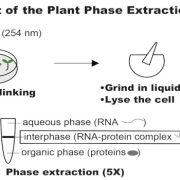
Enhanced discovery of plant RNA-binding proteins
The Plant Cell: In a NutshellZhang, Zu, et al. develop a method to identify RNA-binding proteins that bind poly(A) and non-poly(A) RNAs.
Yong Zhang and Devinder Sandhu; University of California Riverside and US Salinity Laboratory (USDA-ARS), Riverside, CA, USA
Background: RNA-binding proteins (RBPs) are important for controlling…
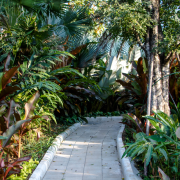
Suggestions for Organizing Inclusive Conferences
Blog, CommunityDiversity is much more than just race, age, gender, learning abilities and education levels. For conferences, diversity is not only reflected by the diversity of participants involved in events, but also the accessibility of the event to all attendees and how they can benefit from it. The goal of all…

Plant Physiology Focus Issue Webinar: Plant Cell Polarity Sept 25, 2023
Blog, Education, Plant Physiology, Plantae Webinars, WebinarsPlant Physiology Webinar: Plant Cell Polarity
Celebrating the September 2023 Focus Issue on Plant Cell Polarity
Recorded Monday, September 25, 2023
About This Webinar
Plant cell polarity plays a pivotal role in the fundamental processes that dictate plant growth, development, and adaptation.…
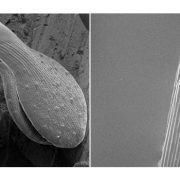
The catalytic domain of cellulose synthase: More than just cellulose biosynthesis
The Plant Cell: In a NutshellHuang et al. demonstrate that the conserved catalytic domain of cellulose synthase 6 (CESA6) is involved in trafficking, protein dynamics, and complex formation. The Plant Cell (2023)
https://doi.org/10.1093/plcell/koad110
Lei Huang,1,2 Weiwei Zhang,1,3 Xiaohui Li,1,2 and Christopher J. Staiger1,2,3
1Department…
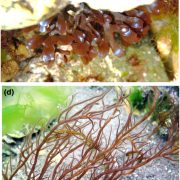
Review: Red macroalgae in the genomic era
Plant Science Research WeeklyI highly recommend this excellent and accessible article by Borg et al. that provides an overview of the red macroalgae, which “may have been the first eukaryotic lineage to have evolved complex multicellularity”. It’s full of fascinating information: although 97% of red algal species are marine,…

Review: How plant roots respond to waterlogging
Plant Science Research WeeklyAs the hottest year on record, 2023 has truly been a global annus horribilis during which humans, other animals, and domesticated and wild plants have faced unprecedented environmental challenges. In the past month alone, torrential rainfalls have wreaked havoc in Asia, the Middle East, and many parts…
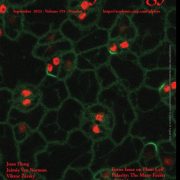
Plant Physiology Focus Issue: Plant Cell Polarity
Plant Science Research WeeklyThe September issue of Plant Physiology has a focus on plant cell polarity, which plays a pivotal role in the fundamental processes that dictate plant growth, development, and adaptation. By establishing distinct regions within cells, plant cell polarity is crucial for regulating asymmetric cell divisions,…
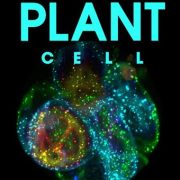
The Plant Cell Focus Issue: Biomolecular Condensates
Plant Science Research WeeklyThe September issue of The Plant Cell includes a focus on biomolecular condensates. Although the term “biomolecular condensates” is relatively new, it actually reflects a convergence and synthesis of several distinct threads of research. Biomolecular condensates span from “classic” membraneless…
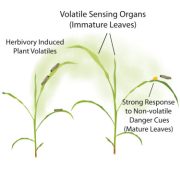
Immature leaves are the dominant volatile-sensing organs of maize
Plant Science Research WeeklyIt’s well established that damaged plant tissues emit volatile compounds that bolster defense responses in nearby plants, but how those neighbors sense these compounds has remained obscure. This new work by Wang et al. reveals some important clues. First, as the title indicates, immature leaves are…

